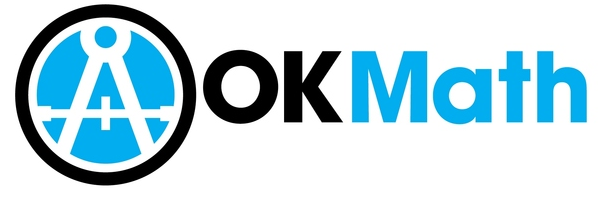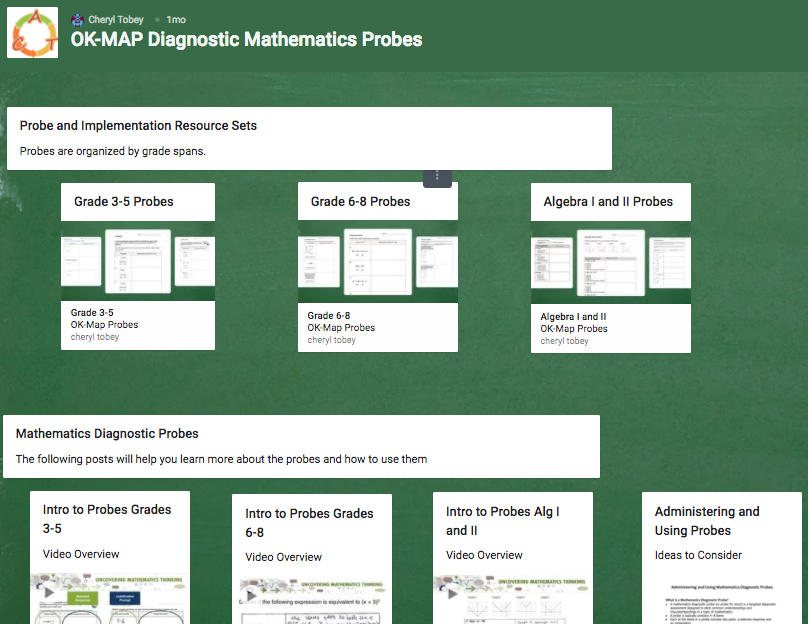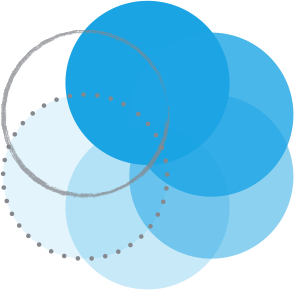Today’s article is written by Kim Bonifield of Tulsa Technology Center
I would like to share three practices that I use to transform and enhance student learning and retention of material in my Pre-Calculus classroom.
1. Blended Learning/ Flipping the Classroom
This year, I decided to join the other teachers in my school and flip my classroom. Previously, I taught the lesson in class and assigned homework which was completed outside of class. Now, homework consists of watching and taking notes on a 10-15 minute instructional video of the lesson that I create and post in Blackboard. In class, students participate in learning activities, including completing problem sets. Students really like having the videos because they can watch them over and over if need be. They also have access to them when they are absent. The time I would have spent teaching can now be used to provide clarification, additional instruction, and other classroom activities. I find that students are doing more of their homework this way and have more of an opportunity to ask questions, participate in group work, and practice the concepts.
2. Composition Notebooks
For several years, I have required my math students to keep a composition notebook for all of their notes, assignments, quizzes, projects, and tests for the year. The benefits are numerous. Every day, I check each student’s notebook, assigning a mark. The daily check gives me an opportunity to speak with each student and gives students the opportunity to ask questions about the notes or assignments. Because I also flip the classroom, I can see right away if they students are watching the videos, as well as, noting any parts I need to readdress in class. At the end of the course, a student has a portfolio of work that they can refer back to in subsequent classes. I learned about this great idea from Candace Smalley at an AP Calculus Summer Institute at TU.
3. Boardwork
I have always started each class with boardwork problems or other activity, because I would like them to use every minute of our limited classtime. However, I began noticing that not all the students were doing the problems. A fellow teacher, Elaine Clark, suggested that I have all my students go to the boards at the beginning of class to work the problems. There have been so many advantages to this method. I can easily see their work. They can see each other’s work. I can see if they understand the material and address misconceptions. The biggest surprise to me is that all the students do all the problems. They will stand there until I check their problems and dismiss them. I have limited white board space, so students use dry erase markers on my classroom windows, small hand held white boards and sometimes large sheets of paper. It only takes a few times before you can say, “To the boards” and they know where to go and what to do.
Collaboration is a powerful tool. None of these ideas originated with me, but I was able to use them in my own classroom to enhance my teaching and promote student engagement and achievement. These activities really work for me and for my students. I hope they will inspire you to try something different in your own classroom.
Bio:
Kim Bonifield has taught Math and Computer Science on the high school and college level for the past 25 years. Currently, she teaches Pre-Calculus and is the Math Specialist at Tulsa Technology Center – Lemley / STEM campus.





I appreciate the way you are using the idea of the flipped classroom so that you have more time to offer clarification and other activities as a group in the classroom. Great post!